I'm a dog behaviorist and these are my 6 tips for socializing a puppy
Here's what I recommend when it comes to socializing a puppy
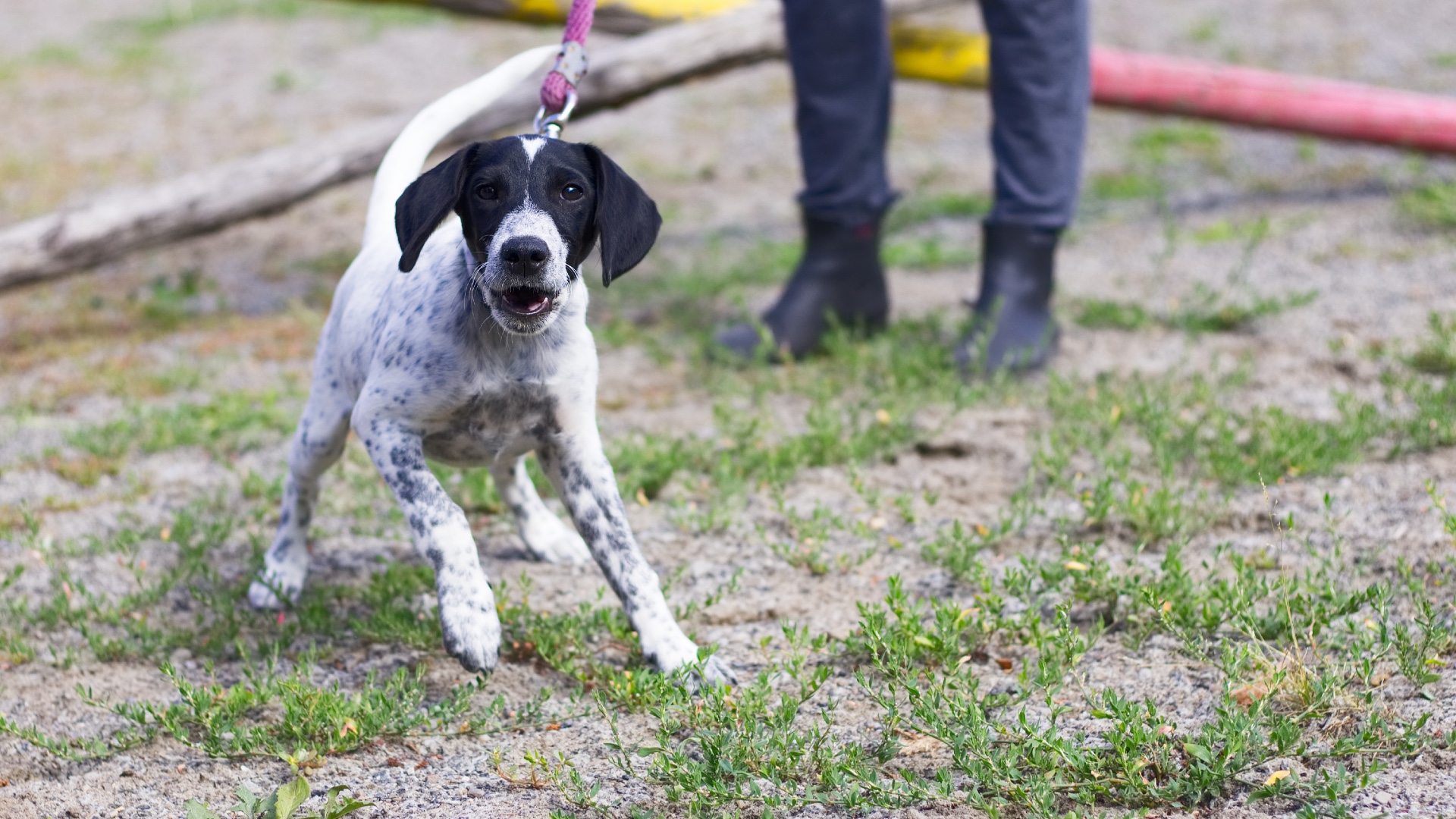
How you manage the first few weeks and months of socializing a puppy can make a difference in how your dog interacts with his world.
Most puppies go to their new homes from eight to 12 weeks old, a critical age for when your puppy is more likely to become nervous about his environment.
I find it helpful to remember that your puppy left his mother and siblings, the only world he has ever known. Suddenly, his world became a scary, unknown place despite your best efforts to make them feel at home with the likes of a nice bed and the best puppy toys.
If a puppy misses early socialization, he can become fearful and anxious, which could lead to fear reactivity or aggression as an adult dog. The objective is to familiarize your pup with everything that might pop up in his environment and understand how to handle dog fear periods to give your pup the best start in life.
Here are my six tips for socializing a puppy and what to avoid too.

1. Consider interactions with people carefully
After your puppy has settled into the home, it's time to invite friends or family to meet him. Initially, introduce one or two people at a time so your pup doesn't feel overwhelmed by a large group.
Allow your puppy to initiate contact and decide how much interaction he is comfortable with. If he holds back, avoid forcing him to socialize and let his natural curiosity kick in.
Get the best advice, tips and top tech for your beloved Pets
Most dog lovers want to hold and cuddle puppies, and although it is entirely understandable, too much handling can cause as many potential issues as not enough handling. Why? Well, for one thing, your Irish Wolfhound puppy might not be so cute trying to sit on people's laps when he is 176 lbs.
Take your puppy out so he can observe people at a distance. Reward him with the best dog treats when he looks at people without reacting. Say "Yes" and give him a small treat. Keep sessions short, but aim to repeat a few times a week.
2. Prepare for interaction with dogs and other animals
While introducing your puppy to the outside world, allow him to watch birds, squirrels, deer, and rabbits. If possible, introduce him to livestock such as cows, horses, and sheep. Ensure all introductions are calm, especially if you have a breed with a high prey drive.
If you have a friend with a calm, friendly dog, allow your puppy to meet him in a controlled environment. A puppy playdate is ideal, as pups learn a lot from playing with each other.
Ensure both pup's vaccinations are complete and monitor the play. The pups could become boisterous as excitement levels rise, so keep sessions short with periodic breaks. If you notice your puppy growling when playing, that doesn't always mean they are aggressive but keeping play sessions short can help you take time to identify the type of growl.
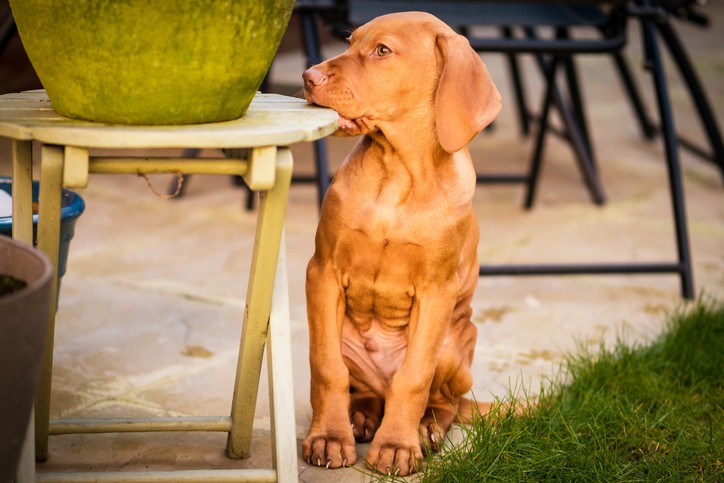
3. Expose your puppy to new experiences
To build your puppy's confidence, introduce him to new experiences daily. The following are a few ideas:
- Take the puppy to open fields, parks, lakes, the sea, small towns, and coffee shops.
- Sit with your puppy somewhere with regular traffic so he can become used to cars.
- Introduce your pup to bicycles – ask a cyclist for help if you know a friend with a bike.
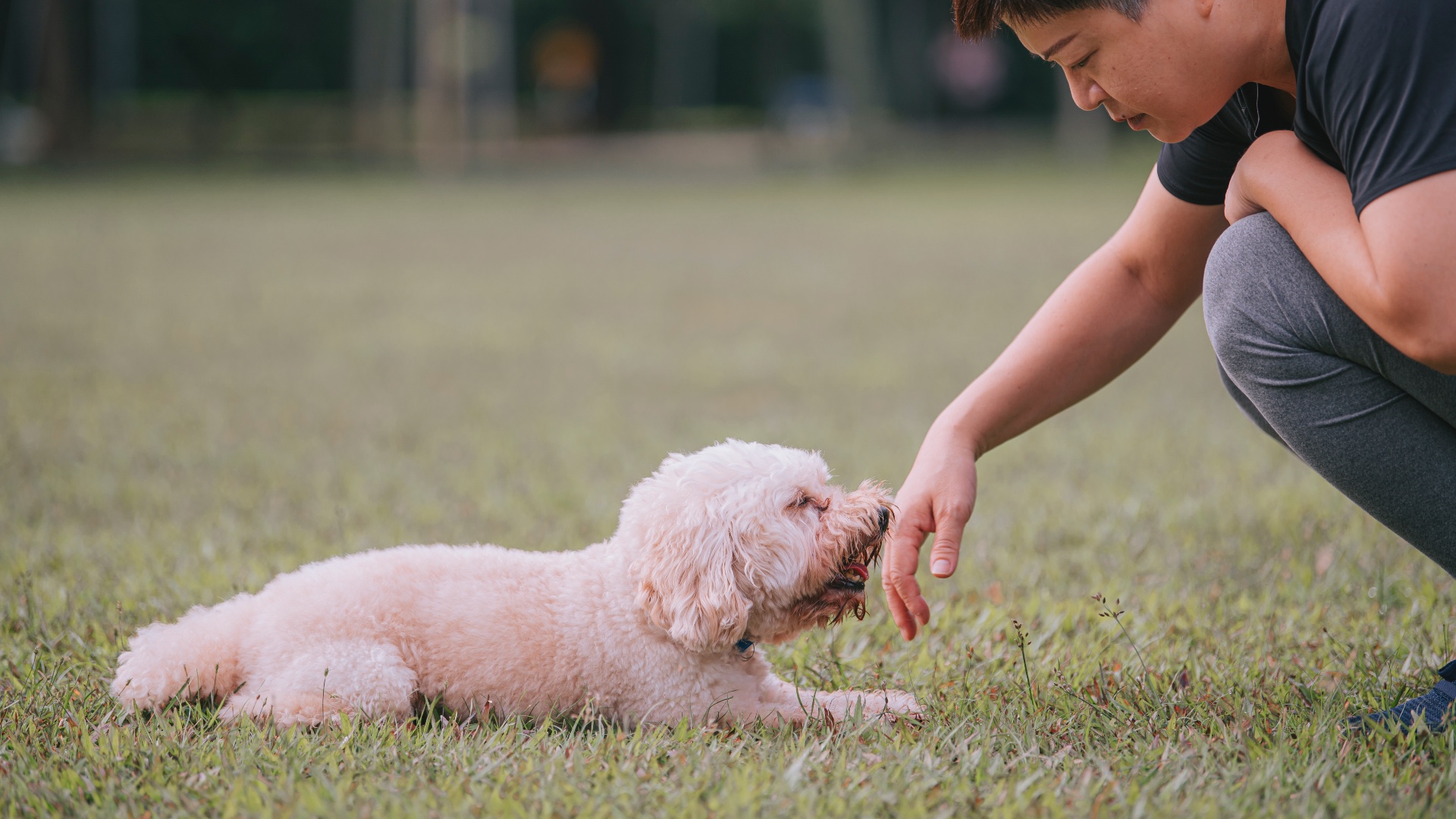
4. Introduce objects and noises
One of the most upsetting dog behaviors for an owner is a fear of loud noises, which becomes a nightmare when there's a thunderstorm. All of that is preventable with early noise association.
We take for granted all the objects and noises in our environment, so become aware of familiarizing your pup with objects and noises, such as the following:
- Cars
- Bikes
- Vacuum
- Mirrors
- Doorbell
- Balloons
- Hairdryers
- Motorbikes
- Umbrellas
- Telephones
- Open and glass-fronted fires
- Music and musical instruments
- Washing machine and tumble drier
- Wheelie bins and refuse collection days
- Lawnmowers, strimmers and leaf blowers
When training pups, I find the best approach is not to make a fuss. If your puppy reacts to a noise, avoid comforting him because you inadvertently reward the negative response.
A tip for gently exposing your puppy to noise is to select relevant YouTube videos. Start with the sound low and gradually increase the volume. You can do this while playing a fun game so your dog is distracted somewhat. It's a perfect solution for preparing your dog for thunderstorm noise.
Very soon, your pup will sleep through anything.
It's also important to get your dog used to walking on different surfaces, such as wood, concrete, grass, gravel, cobblestones, stairs, carpets and slippery floors, sand, mud, snow, and uneven surfaces. But be sure to read up on how far can a puppy walk so you're supporting their joint and muscle development.
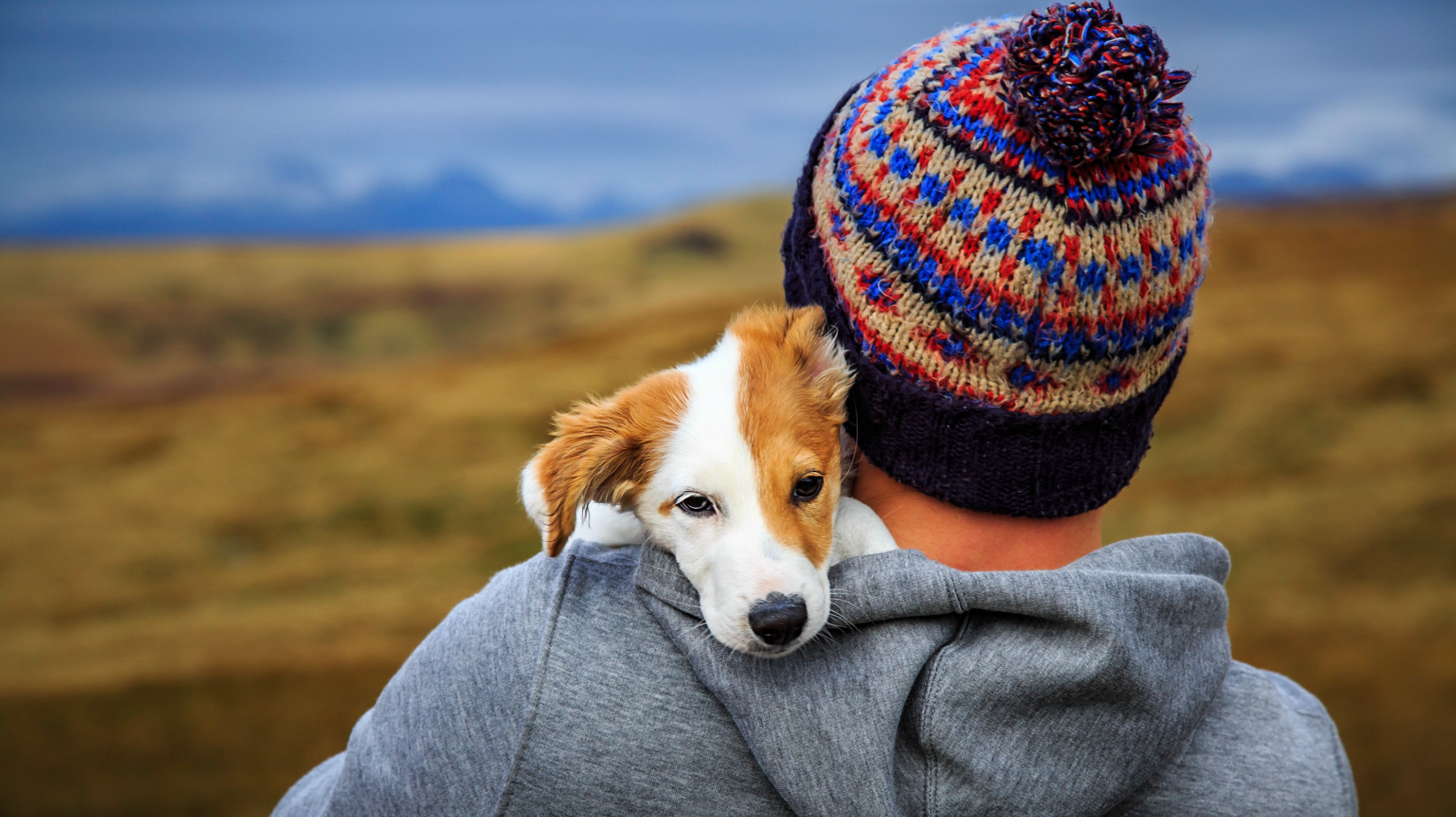
5. Provide daily care and handling
As an ex-dog groomer, I found most dogs loathed having their feet handled, making nail clipping a stressful experience.
A few times a day, gently handle your puppy's paws and touch his claws with a nail clipper. If your puppy is calm, say "yes" and give him a small treat.
If you intend to use a nail grinder, get your puppy used to the sound of it before using it.
Practice opening the puppy's mouth and brushing their teeth with your finger or a small, soft brush.
In addition, practice putting on a raincoat or fleece and booties if you intend to use them.
It's also helpful to introduce your puppy to water, especially if he is a breed that needs regular grooming or is likely to be a mud wallower when he's older.
Fill a small bowl with a few inches of water and stand your puppy in it. If your puppy remains calm, say "yes" and treat. After that, gently splash water on the pup's lower legs, ensuring he is happy with the interaction.
Some dogs love water, and others loathe it, but the objective is to help prevent a fear of water.
Finally, spend time each day massaging your puppy's entire body, including ears, tail, and paws. If he is small enough, pick him up and gently restrain him so he is comfortable being held.
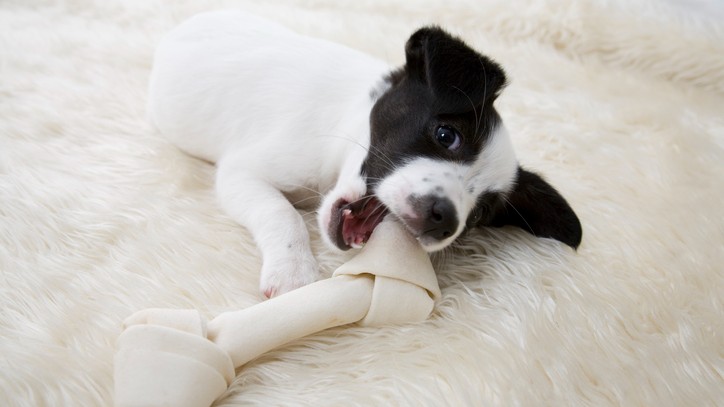
6. Prevent reactivity in the home
Some trainers suggest taking your puppy's food away to show you have control. However, this method can backfire and actually cause resource guarding, the very thing you're trying to prevent.
A better approach is throwing food in your puppy's bowl, like a small piece of chicken. After the pup has eaten it, pick up the bowl, put another treat in it, and put it back on the floor. When your puppy has eaten the treat, pick up the bowl and repeat the exercise several times.
This method teaches your puppy an association with you handling his bowl and getting something yummy from you.
A confident puppy becomes a happy, well-adjusted dog, so take the time to help him develop confidence, and you can help prevent fear and reactivity in the future.
Looking for more puppy content? Here's how to stop a puppy crying in a crate or find out how to tackle puppy food aggression.

Jan is a dog behaviorist and writer living in the Cotswolds, UK. She qualified as a dog behaviorist in 2012 after training with Sarah Whitehead, a Certified Clinical Animal Behaviorist with a MSc in Animal Behavior. Jan has shared her life with dogs for over fifty years and is fascinated by behavior. She enjoys helping people better understand their dogs to develop a deep bond and enjoy time together. Jan particularly enjoys working with impulsive and reactive dogs as her legacy from helping Poppy, her rescue Weimaraner cross overcome fear reactivity.
